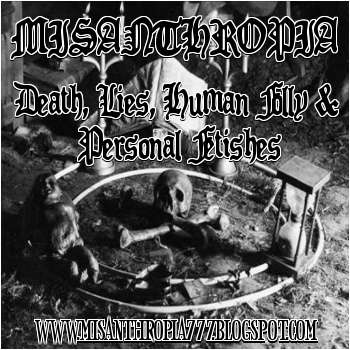NICKY PHILLIPS SCIENCE
April 16, 2010
IN A medical first scientists have transferred DNA from one women's embryo into the embryo of another women in a technique they hope may prevent parents from passing genetic diseases to their children.
But while the technique has been heralded as a breakthrough, some experts say it may also reignite fears of ''designer babies''.
The procedure took the nucleus from an embryo and placed it into a donor embryo that had been grown for eight days in the lab.
Transferring the nucleus left behind mitochondrial DNA whose mutations are a common cause of genetic conditions such as blindness, neurological diseases and diabetes. These mutations are passed to children by their mother.
While the British study did not use embryos from patients with mitochondrial DNA diseases, it demonstrated the technique was possible, said David Thorburn, of the Murdoch Children's Research Institute in Melbourne.
''It is a proof of principle,'' Professor Thorburn said.
In theory, a woman with a mitochondrial disease could have her embryo's nucleus - which contains most of the body's DNA including the instructions for height, eye colour and sex - transferred into a donor embryo that is free of any mitochondrial DNA mutations.
He said mitochondrial DNA only contained a handful of the bodies 20,000 genes. ''The mitochondrial genes are vital for life but not likely to affect appearance or behaviour.''
He also said the embryos would technically have ''two mothers''.
In the British study, published in the journal Nature, only 2 per cent of the mitochondrial DNA from the original ''nucleus'' egg was transferred into the donor egg, Professor Thorburn said.
'That small amount of mitochondrial DNA [would be] unlikely to cause disease,'' he said.
Professor Thorburn said there were about 500 people diagnosed with a mitochondrial DNA disease in Australia.
But a further 100,000 may carry the mutations that cause disease, says the Australian Mitochondrial Disease Foundation.
The ''nuclear transfer'' technique, which was first demonstrated in monkeys last year, could lead to the world's first genetically altered babies.
Professor Thorburn said the recent study, which was highly controversial in Britain, would probably reignite the debate over genetically modifying embryos.
But he said it would still be a while before the procedure would be available to patients.
''For this to go ahead there needs to be legislation changed, licences issued, lots of protocols that need to be satisfied,'' Professor Thorburn said.
''There are some safety and practical issues that need to be resolved before it should be used.''
From: http://www.smh.com.au/world/science/dna-transfer-may-stop-genetic-diseases-20100415-shsb.html
Sunday, April 18, 2010
Subscribe to:
Post Comments (Atom)











 "He who can, does. He who cannot, teaches."
"He who can, does. He who cannot, teaches."



 "Being is substance and life; life manifests by movement; movement is perpetuated by equilibrium; equilibrium is therefore the law of immortality.
"Being is substance and life; life manifests by movement; movement is perpetuated by equilibrium; equilibrium is therefore the law of immortality.


 "The doctrine of equality!... But there exists no more poisonous poison: for it seems to be preached by justice itself, while it is the end of justice.... "Equality for equals, inequality for unequals" that would be the true voice of justice: and, what follows from it, "Never make equal what is unequal."
"The doctrine of equality!... But there exists no more poisonous poison: for it seems to be preached by justice itself, while it is the end of justice.... "Equality for equals, inequality for unequals" that would be the true voice of justice: and, what follows from it, "Never make equal what is unequal."



No comments:
Post a Comment
Note: Only a member of this blog may post a comment.